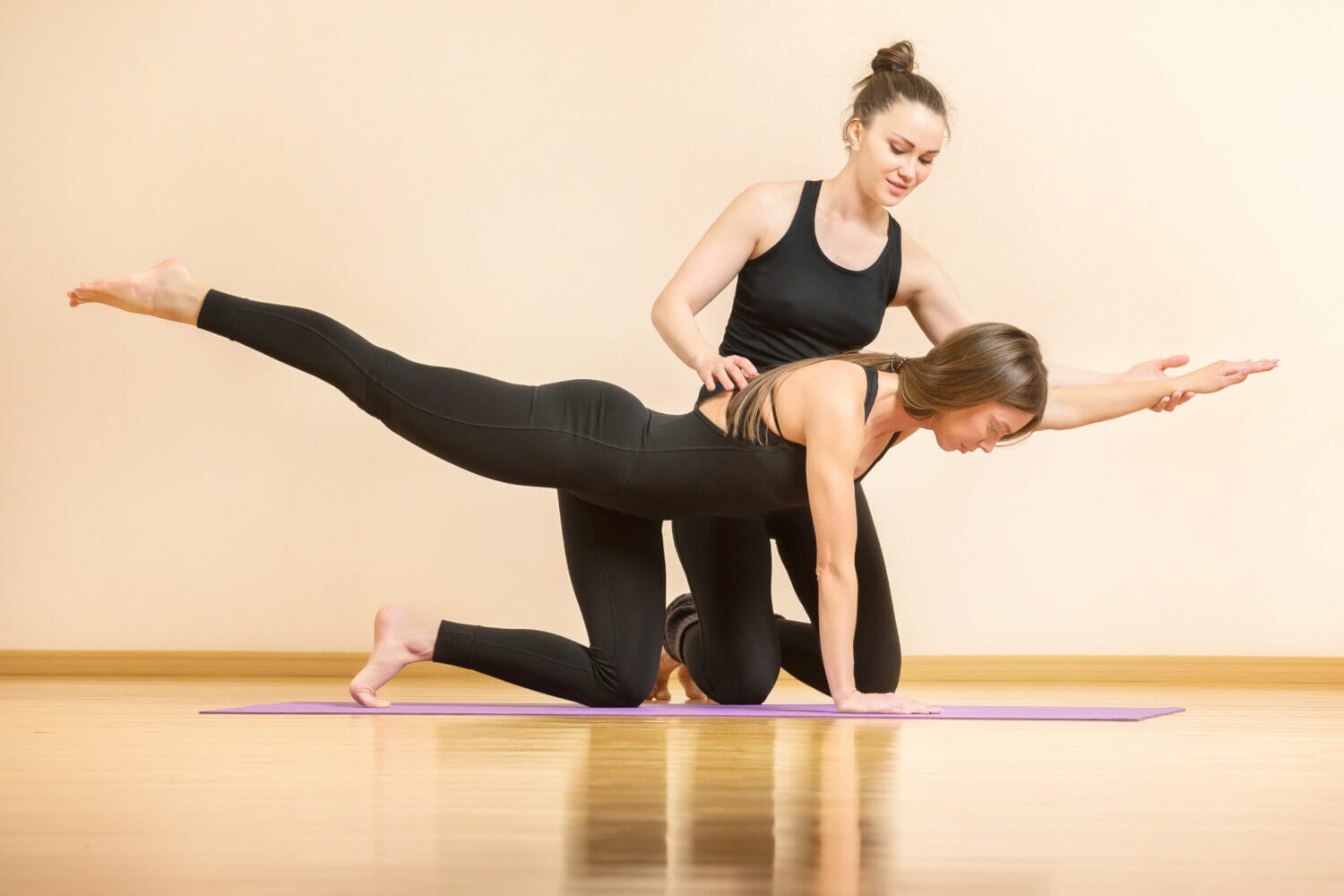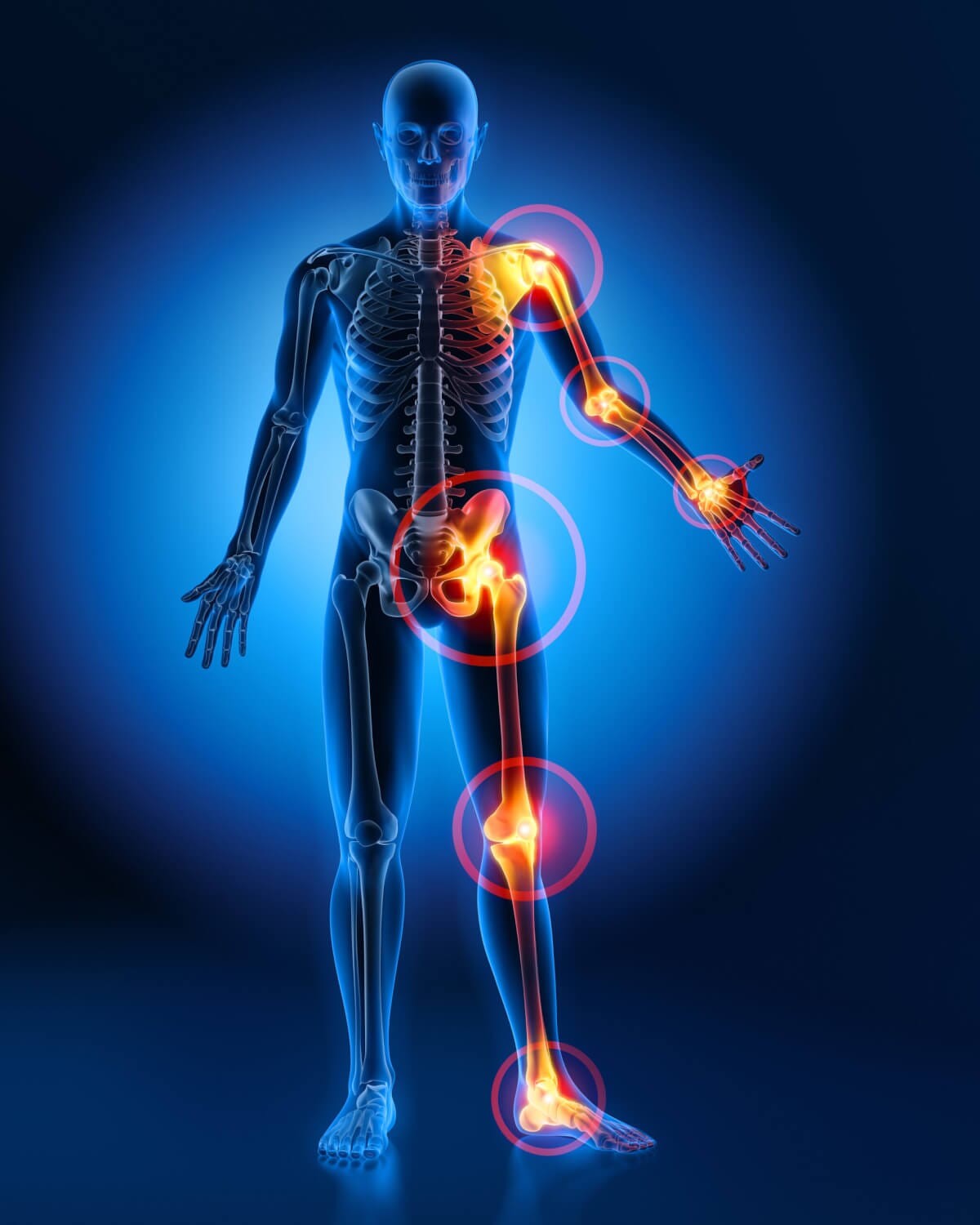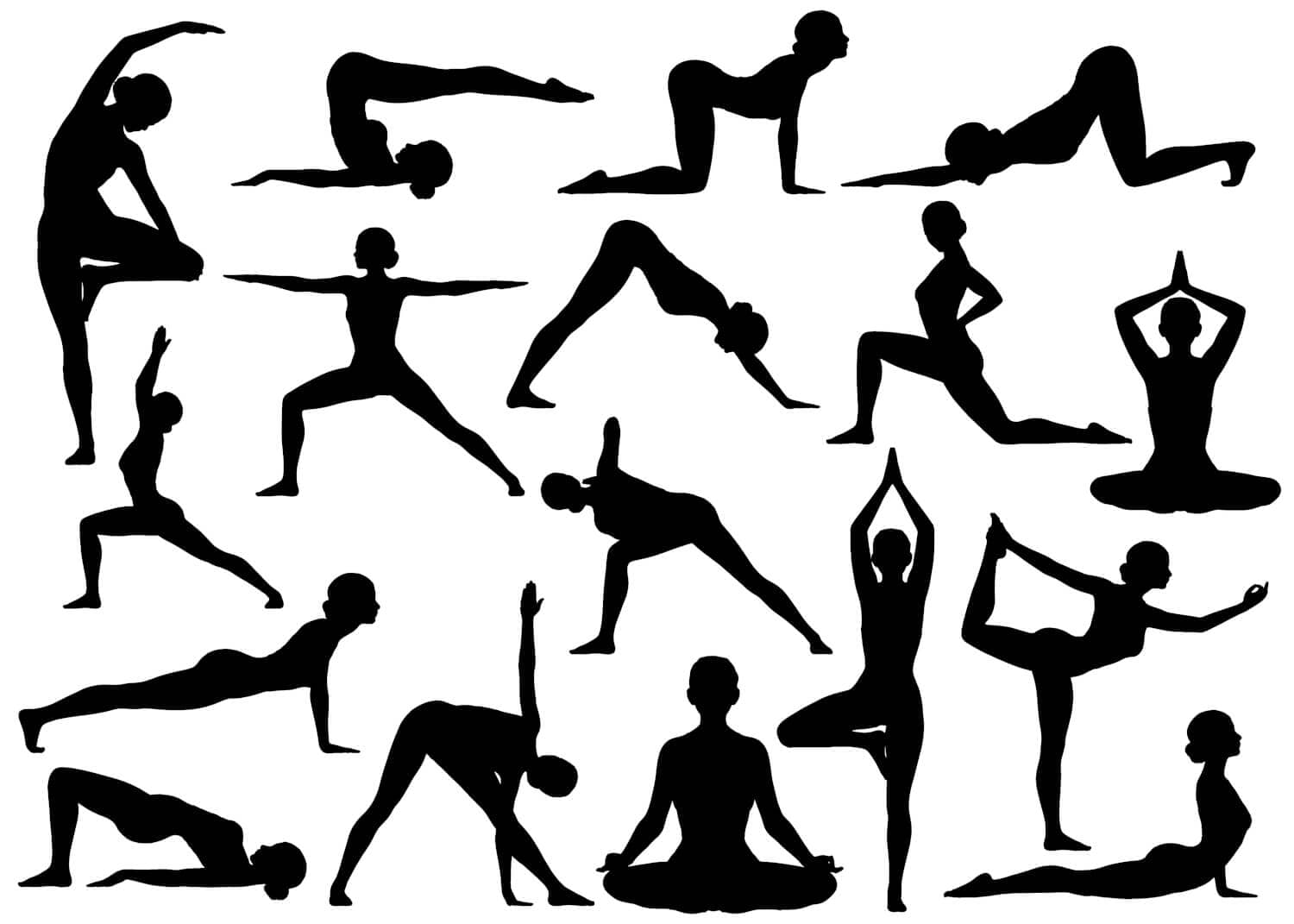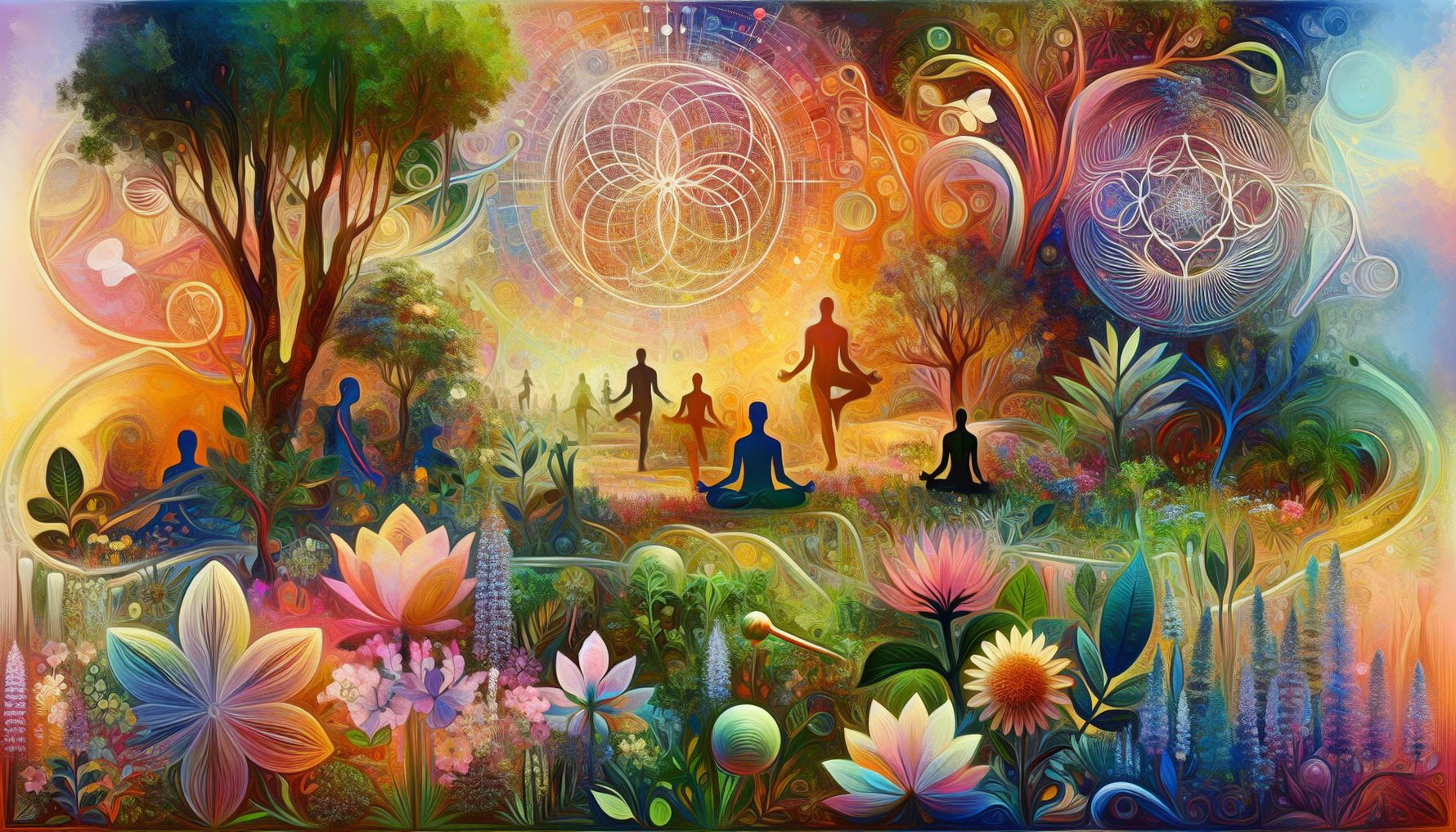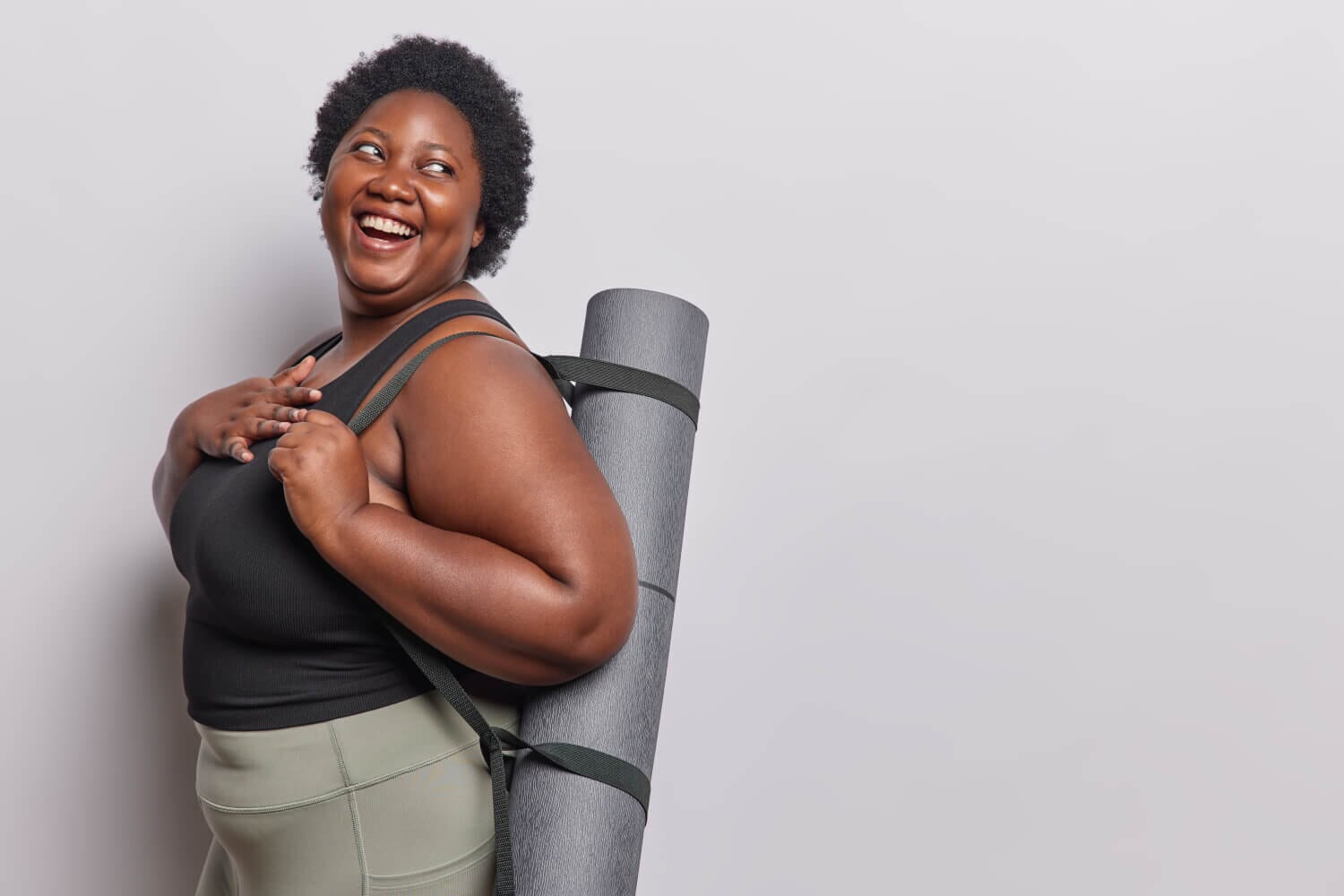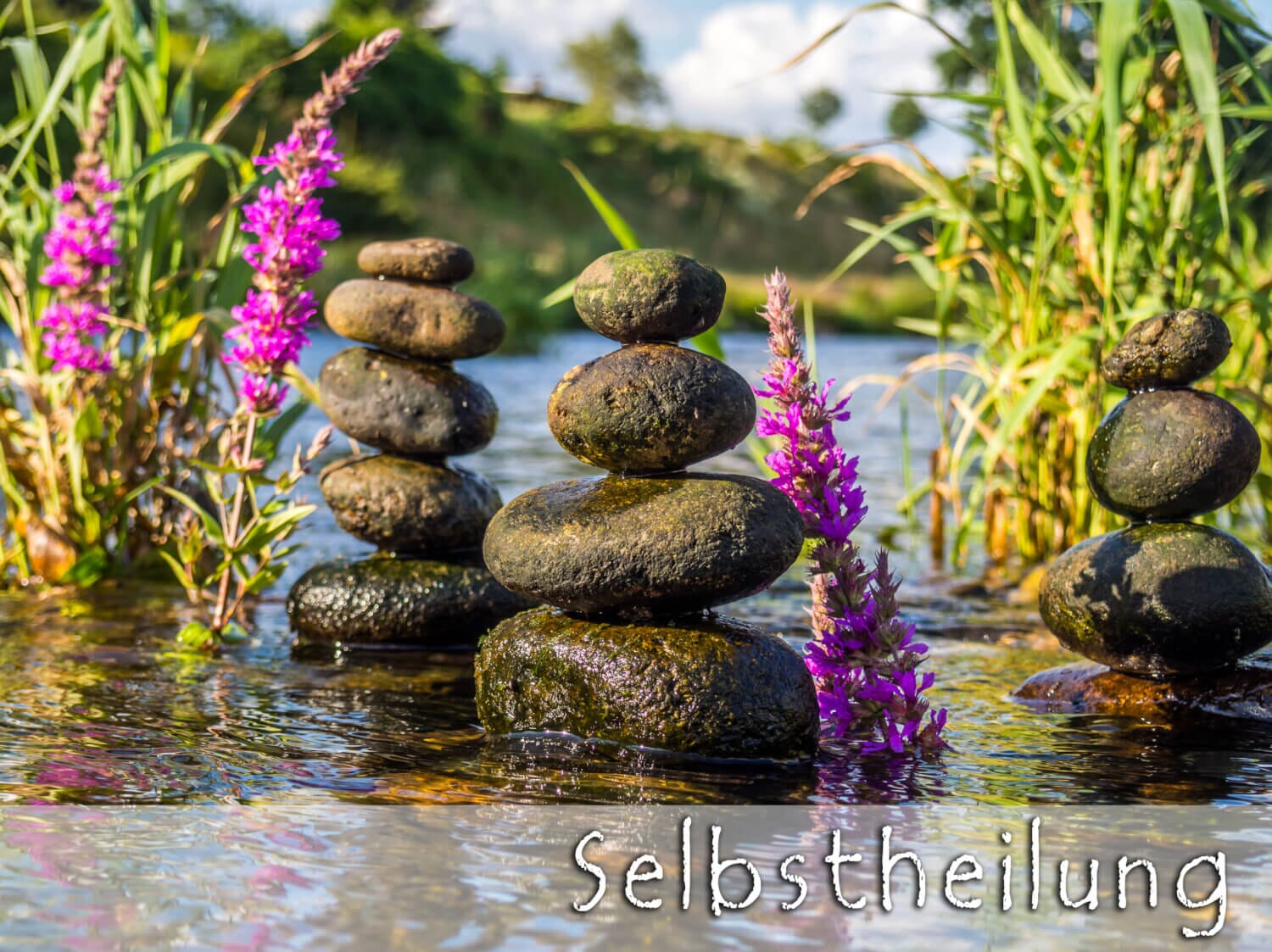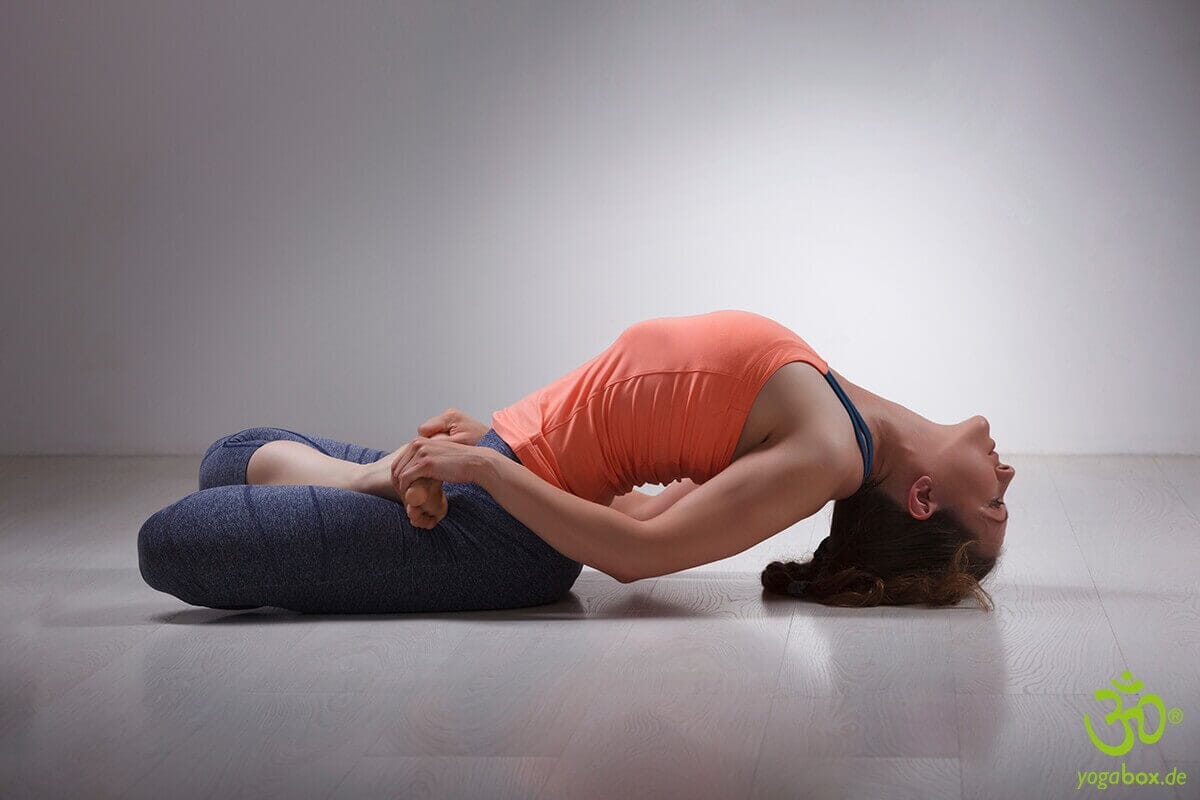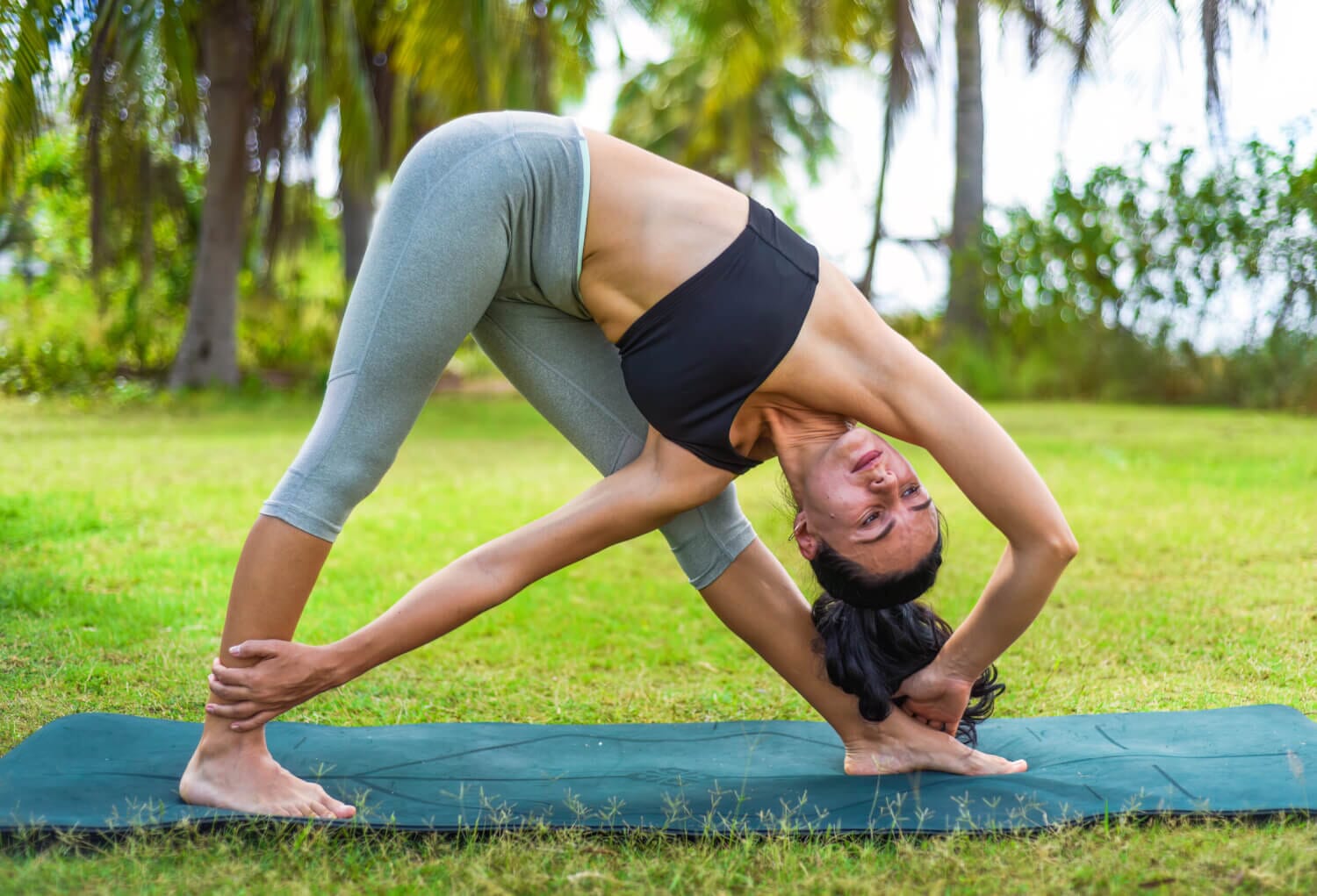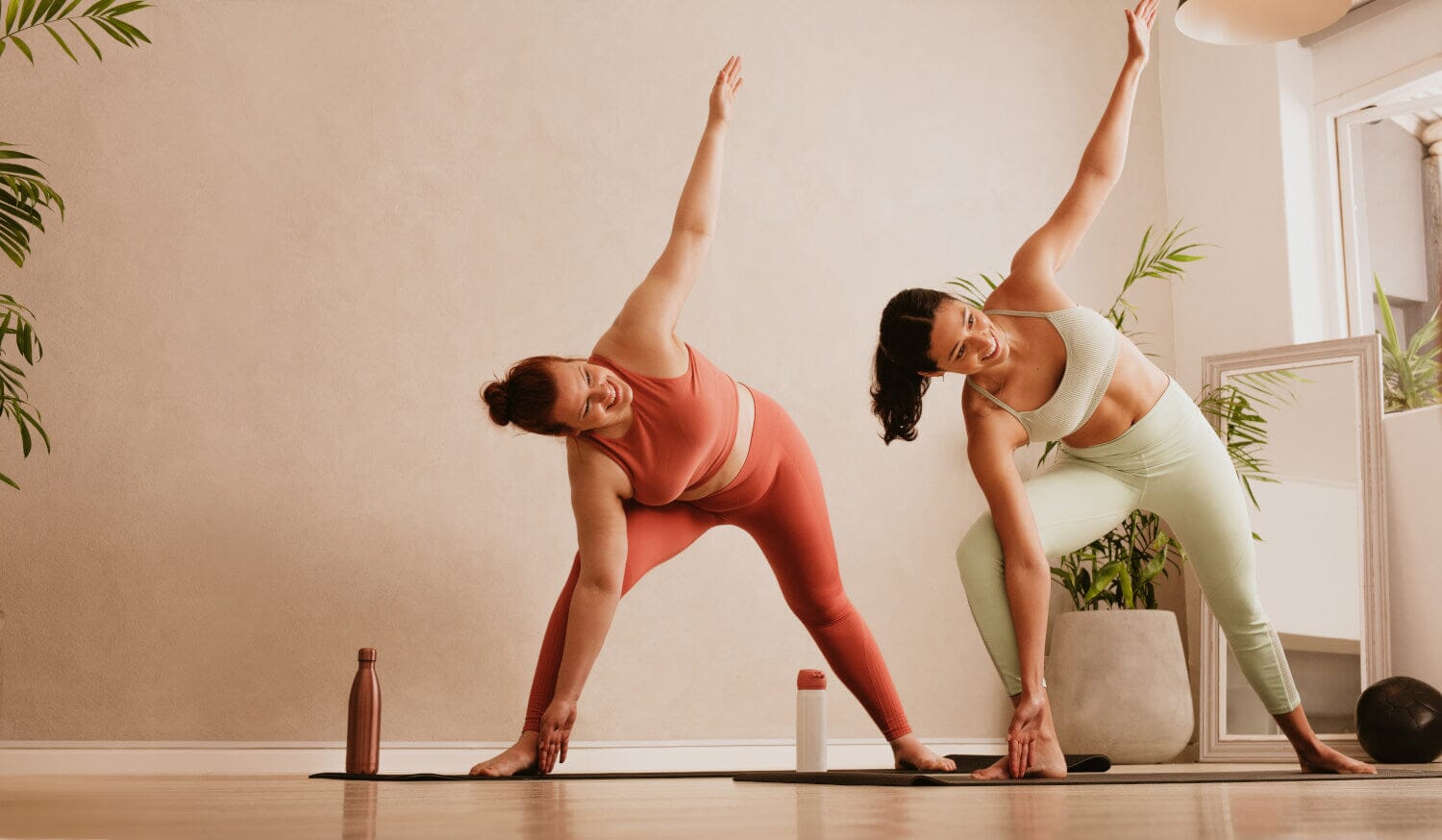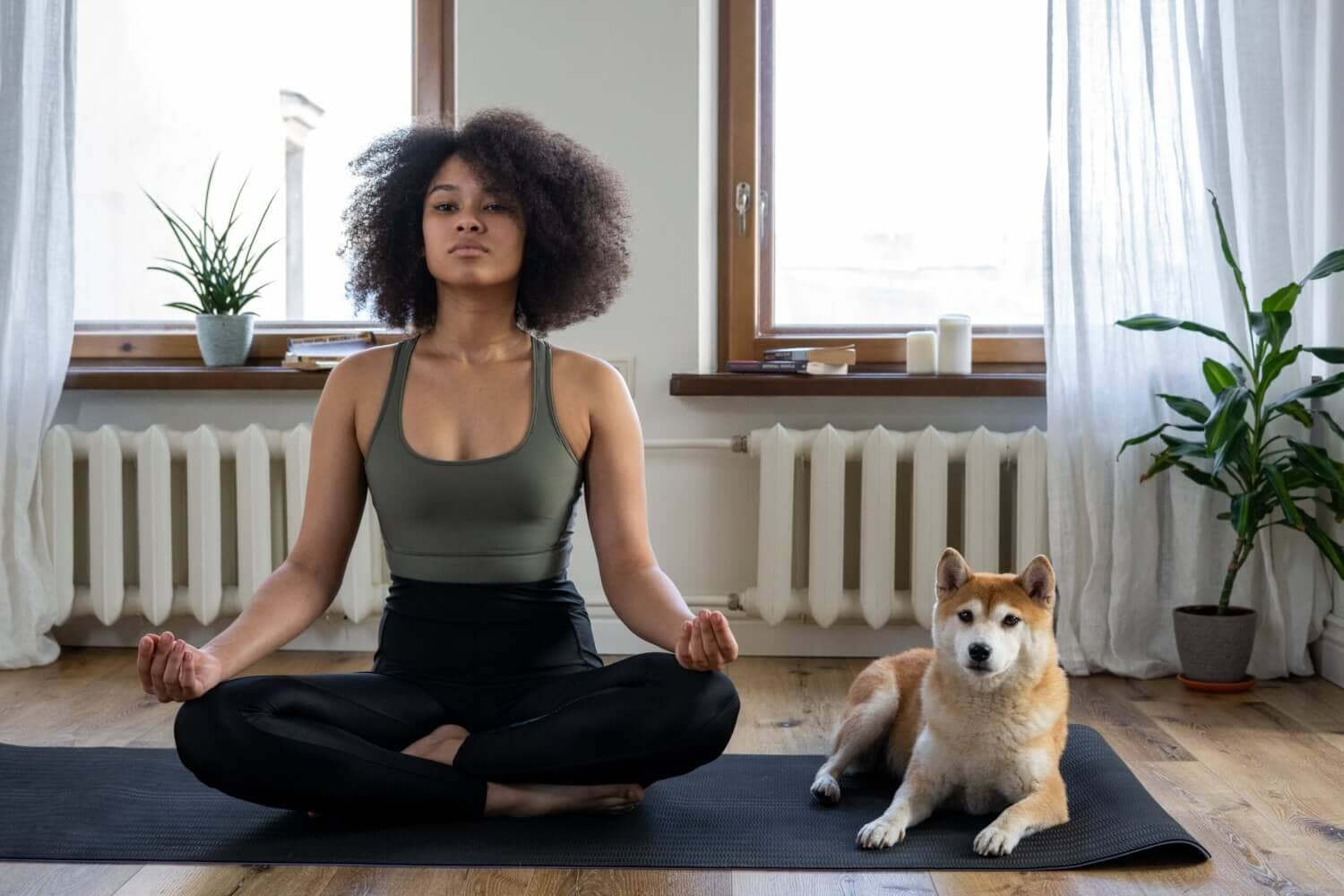Yoga and pain relief: How can yoga help with chronic pain?
Yoga is universally popular: More and more people are trying out the asanas from Buddhist teachings. This is, of course, also due to the positive image conveyed by various social media channels, books, and courses. All of this is true – many yogis report not only relaxation but also pain relief. Yoga can strengthen and balance the entire organism. The nervous system is relaxed, the muscles loosen, and the entire musculoskeletal system is mobilized. You can find all the further information on this important topic in this article.
1. What exactly is chronic pain?
In the first section, we'll explain what chronic pain actually is. Anyone who has ever experienced pain knows how unpleasant it is and how much you'd rather avoid it. Do you know that feeling?
If the pain only lasts for a few days, experts don't yet refer to it as chronic pain, but rather as acute pain. Pain is only considered chronic if it lasts for at least three to six months. It is either constantly noticeable or recurs repeatedly. It also limits the affected person socially, physically and cognitively (thinking, mood, etc.), or purely physically (reduced mobility, etc.).
Anyone suffering from chronic back pain or other physical ailments should definitely find a holistic solution. Pain medication alone is often not enough. For many, yoga helps improve symptoms.
2. How yoga can help relieve chronic pain!
As already mentioned, if pain persists for a long time, various methods should be tried. For many sufferers, conventional medical treatments are no longer effective. If you are affected by this, you can practice yoga, breathing exercises (pranayama), and meditation. Professional yoga practitioners incorporate these three aspects into every session.
Brief explanation : The asanas stabilize the nervous system. They have a direct effect on the endocrine system and the nerve plexus, allowing energy to flow more freely in the body.
a) Stress reduction through meditation and breathing exercises
Many pains are caused by tension, which in turn is a result of stress. Therefore, it's advisable to check whether your life is stressful and where you can make changes. If you're having trouble determining this, it might be helpful to keep a diary/journal where you reflect on your daily life. There may also be other reasons in your life why you're so stressed. Thoughts move through your mind, which over time have a direct impact on your body.
With the help of meditation and breathing exercises, you can bring calm to your mind. To do this, get a proper meditation cushion or sit on a sofa, chair, or armchair and close your eyes. Beginners can listen to a guided, gentle meditation journey. This will help you relax and avoid getting caught up in a constant cycle of thoughts.
If you also incorporate breathing exercises, you can sink even deeper and relax your entire body. Popular breathing exercises include alternate nostril breathing, Wim Hof breathing, or breath of fire. Essentially, all variations involve breathing deeply and concentrating fully on the breathing. You can choose between the different types depending on your preference. If you don't want to worry about it too much, you can simply breathe in and out deeply and focus on your breathing.
b) Improved flexibility and mobility of the joints
The asanas from Buddhist teachings are ideal for making your body more flexible. They gently strengthen and mobilize your joints. If you practice Yin Yoga on your mat , for example, you'll notice that your entire body becomes more flexible. This also affects your thoughts and your perception of pain. A healthy body needs movement to stay healthy, flexible, and mobile. Fascial yoga can also be beneficial for relieving physical pain. This is derived from Hatha Yoga.
c) Increase in muscle strength and endurance
In addition to flexibility, muscle strength and endurance also play a role. You can achieve these goals with more strenuous, dynamic yoga styles. Vinyasa Yoga, Ashtanga Yoga, Hatha, or Hot Yoga are perfect for working up a sweat and building strength. For example, if you suffer from back pain, studies show that practicing yoga regularly can be beneficial to strengthen your back. Yoga offers many different back exercises, and the neck and shoulders can also be incorporated into them. The asanas should always be selected individually based on the specific condition.
To really build sufficient strength and endurance, yoga must be practiced regularly.
3. What type of yoga is best for relieving chronic pain?
Generally, various yoga styles can help with pain. It all depends on the type of pain you're experiencing and how limited your range of motion is. This means you can try different asanas from various styles—but you should always have everything checked by a doctor before attempting them.
Fascia yoga is ideal for reducing or generally counteracting pain. Fascia is our connective tissue that surrounds the muscles. Many people don't move enough in their daily lives, which can lead to the fascia sticking together, which can subsequently cause pain. This style of yoga counteracts this: You stretch your body, perform targeted breathing exercises, and perform pleasant, gentle movements. If you practice fascia yoga regularly, you can expect your flexibility to increase and, under certain circumstances, pain to be reduced. Some of the exercises are performed with a fascia roller; some are performed directly on the floor, and others are performed three-dimensionally in space.
In general , the movements of fascia yoga are intended to compensate for the lack of movement and one-sided movements. The positions are usually held for a relatively long time, and the movements are more fluid than in Hatha yoga.
4. Practical example of a yoga class to relieve chronic back pain
To relieve your back pain, you can try the following procedure:
a) At the beginning you should always land well in the room, so take a few deep breaths at the beginning to feel yourself in your body.
b) Afterward, exercises that strengthen the length and width of the back, open the hips, strengthen the core, and backbends are ideal. Here's a small selection:
Supta Padangusthasana Lie on your back with your legs raised, approximately hip-width apart. Then stretch one leg straight up and grasp it with your hand. After a few deep breaths, switch sides. This exercise is perfect for relaxing your lower back.
Exercise with the knees towards the heart In this exercise, you lie on your back and pull one leg toward your heart. Hold this position for a few breaths and then switch. This exercise helps relax the lower back.
Downward-Facing Dog For this exercise, stand upright and bend your upper body downward, supporting yourself on your hands with the soles of your feet firmly on the floor. Your buttocks are raised, and your legs, arms, and spine are fully extended and stretched.
Lateral rotation while lying down To do this, lie on your back and bring both legs to the right side. Your pelvis should tilt more to the left, and then place your right hand on your legs to reinforce the rotation. After a few breaths, switch sides.
Twist Knee To do this, squat on your knees and turn to one side, with your arms facing forward and backward, then move from left to right.
Standing forward bend In this exercise, you can simply let your upper body hang while standing. If you're very flexible, your hands can touch the floor.
You can do all of these exercises and after completing them, sit on your meditation cushion and breathe deeply in and out, concluding with a short, silent meditation.
5. Conclusion: An effective way to better cope with life's daily challenges
Yoga is a great way to prevent or relieve various aches and pains that plague us in everyday life. It's important to seek medical advice if you experience severe pain and discuss which exercises are beneficial and which are counterproductive. Fascia yoga and yin yoga offer many exercises to counteract pain. If the pain is mild, you can also do more dynamic flows to mobilize and strengthen your body.
Do you suffer from chronic pain? If so, which asanas do you love?
